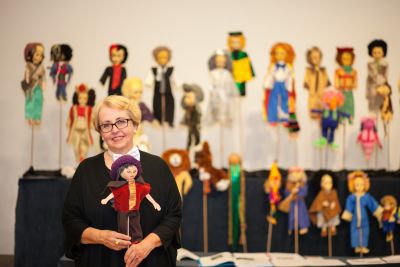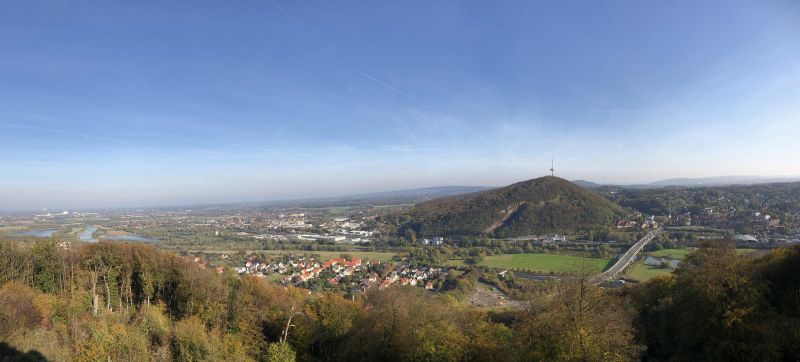Tales from the hills. The fate of Polish forced labourers at Porta Westfalica 1944/45
Mediathek Sorted






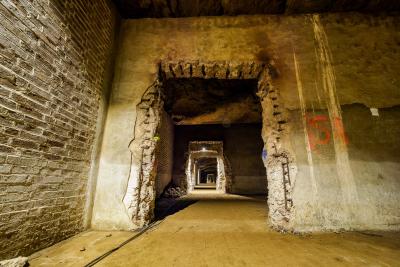
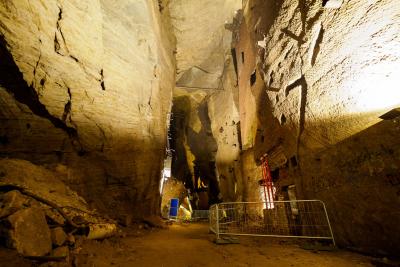

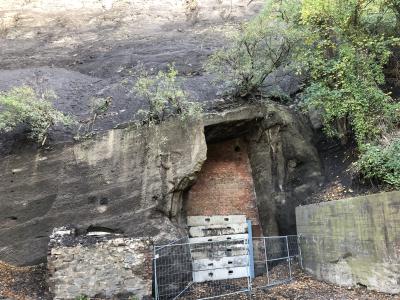

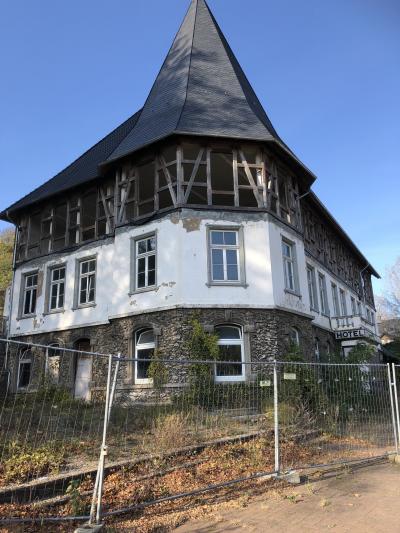

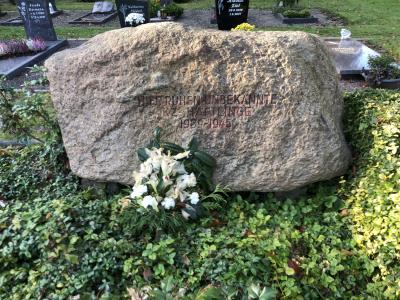

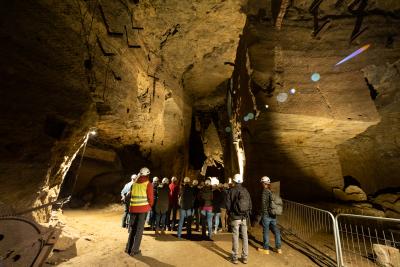

“Concentration camps in the neighbourhood” – the satellite camps at the Porta
During the Second World War, the area now covered by the town of Porta Westfalica contained a total of three satellites of the Neuengamme concentration camp near Hamburg. They were built in Barkhausen, Hausberge and Lerbeck/Neesen – all town districts which at that time were still villages in their own right and which belonged to the Hausberge and Dützen district authorities. It was not until the local government reorganisation on 1 January 1973, when local authorities and communities in the Bielefeld restructuring area were reorganised by law, that these villages, along with others, became part of what is now Porta Westfalica.
The satellite camps were built very soon after the decision of the Jägerstab – right next door to the local German population.
The first train carrying the forced labourers for the underground relocation, codename “Max I”, contained 300 male inmates from the Buchenwald concentration camp. It reached the Porta on 18 March 1944. From registration cards and the prisoner personnel forms of the concentration camp inmates, it has been possible to identify the names of 19 people of Polish origin on this first train.[11] The historian Thomas Lange from theKZ-Gedenk- und Dokumentationsstätte Porta Westfalica e. V. association points out a noticeable accumulation: a large number of Polish prisoners on the first train to the Porta had been brought to Buchenwald concentration camp on the same date, 24 February 1944. The question arises as to whether there is a connection between the date of incarceration at Buchenwald and the use of that same group of people at the Porta – a question that current research has as yet been unable to answer.
To accommodate this first group of forced labourers, the SS converted the large banquet hall of the “Kaiserhof” luxury hotel in Barkhausen into a satellite camp, the running of which was assigned to SS-Obersturmführer Hermann Wicklein.[12] At the start of the 20th century, the hotel, with its favourable location directly by the train station and the Weser river, and its view onto the Kaiser Wilhelm Monument built in 1896, was highly popular with tourists and housed a large number of guests. (Figs. 2 and 3 ).[13]
The camp in Barkhausen was not only the first, but also the largest of the three satellites. In addition, this is the camp about which the most information is available, since many of the concentration camp inmates later wrote accounts of their time there.[14] Wiesław Kielar, for example, described his impressions on arriving in the hotel banquet and theatre hall:
“Curious, I looked around the spacious theatre hall, which had very clearly been converted into a small concentration camp. The ceiling of this high room, where traces of paintings could be seen, was supported by ornamental beams, which were in turn supported by heavy pillars designed to imitate Greek columns. The row of these columns separated the centre of the room, or the muster ground, from the rows of four-tier beds, which had been set up on both sides along the walls, which had windows of several metres in size; the windows had been fitted with sheet metal shutters and thick grating, which was intended to provide dubious [sic!] protection against any attempt at escape”.[15]
[11] See Teilbestand 1.1.5.3, Individuelle Unterlagen Männer Buchenwald, 01010503 oS, ITS Digital Archive, Arolsen Archives.
[12] See Schulte, Jan Erik, p. 137.
[13] See ibid.
[14] See Bleton, Pierre: Das Leben ist schön! – Überlebensstrategien eines Häftlings im KZ Porta; see Kielar, Wiesław: Anus Mundi. Fünf Jahre Auschwitz; see Kieler, Jørgen: Dänischer Widerstand gegen den Nationalsozialismus. Ein Zeitzeuge berichtet über die Geschichte der dänischen Widerstandsbewegung 1940–1945.
[15] Kielar, Wiesław, p. 370.

